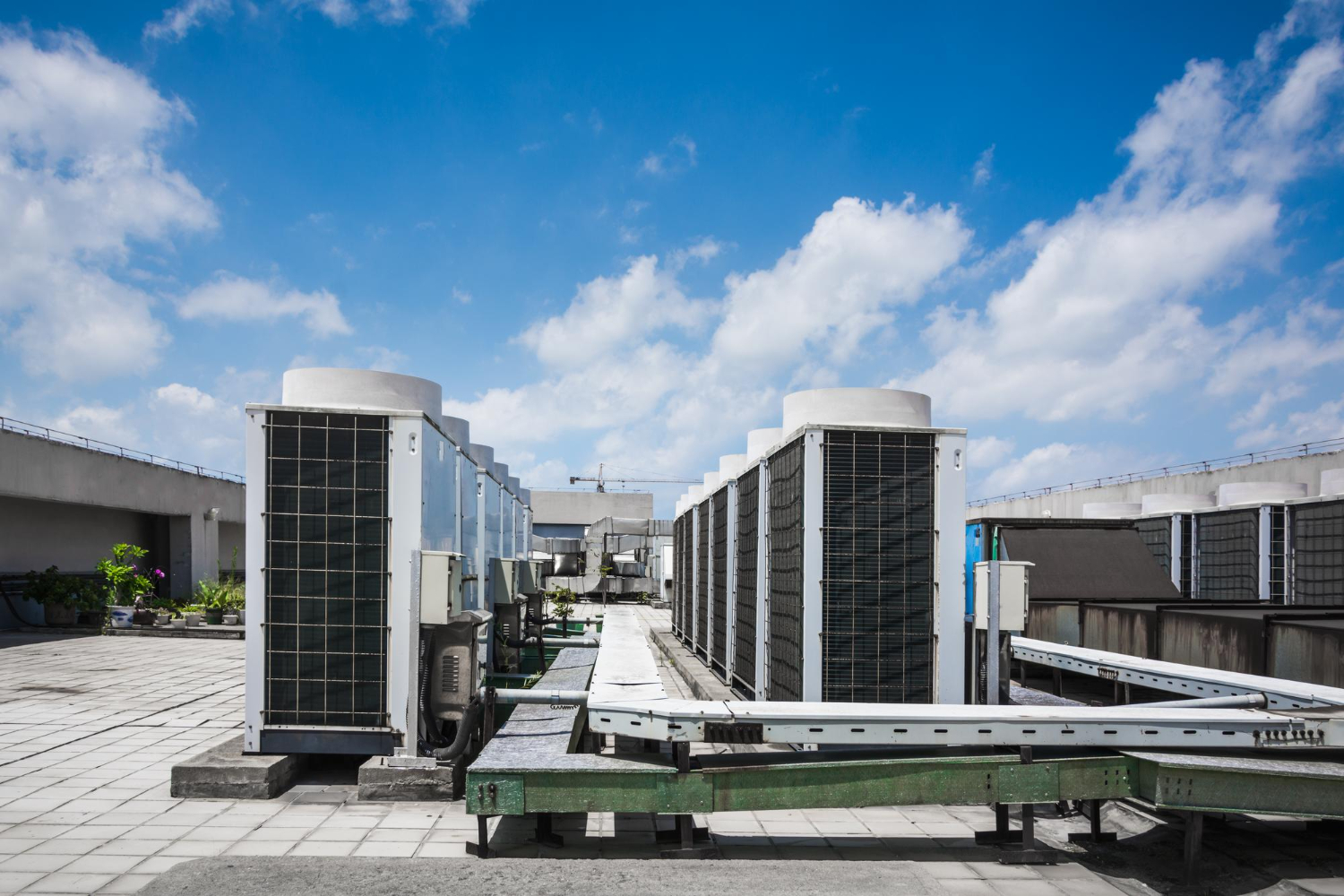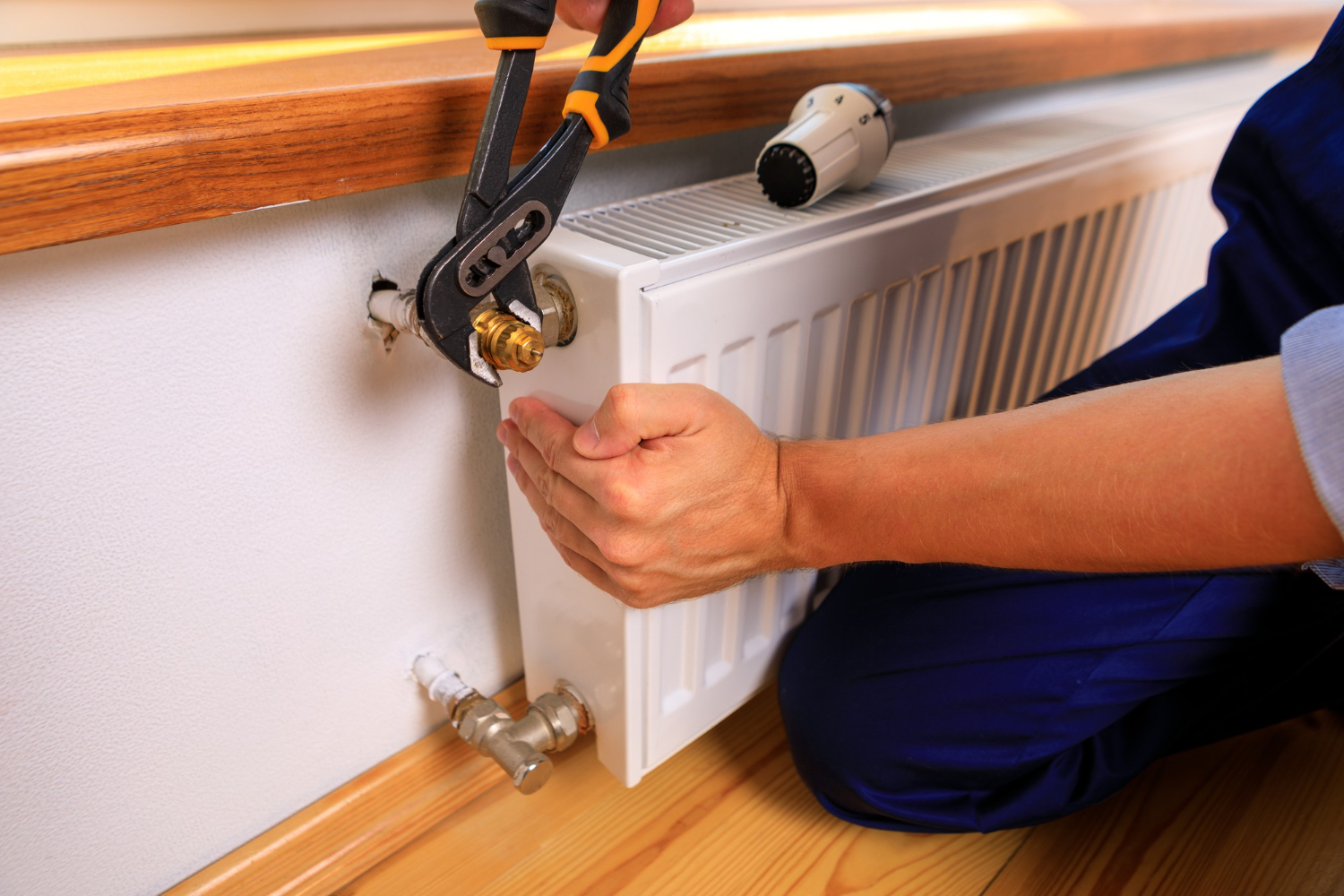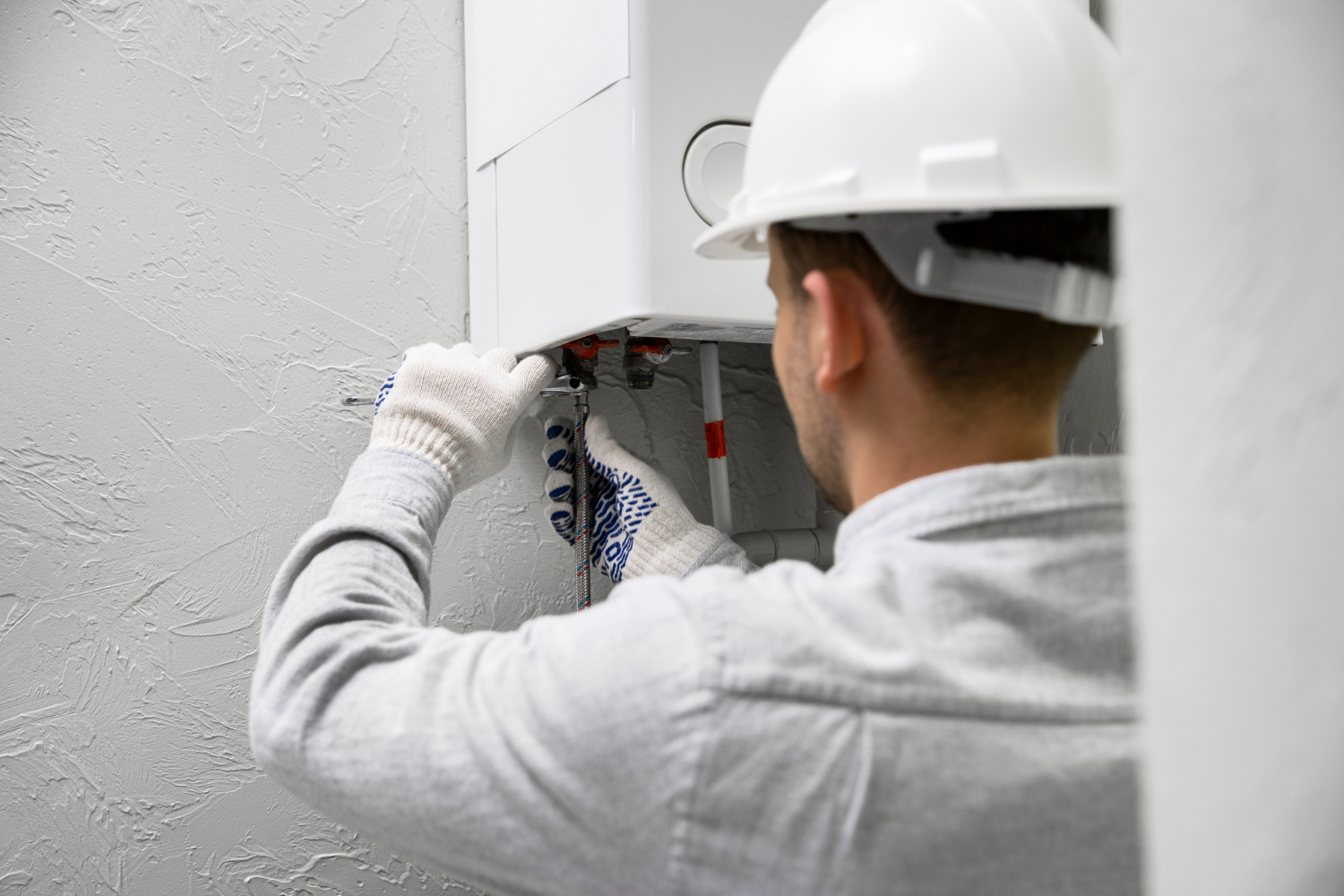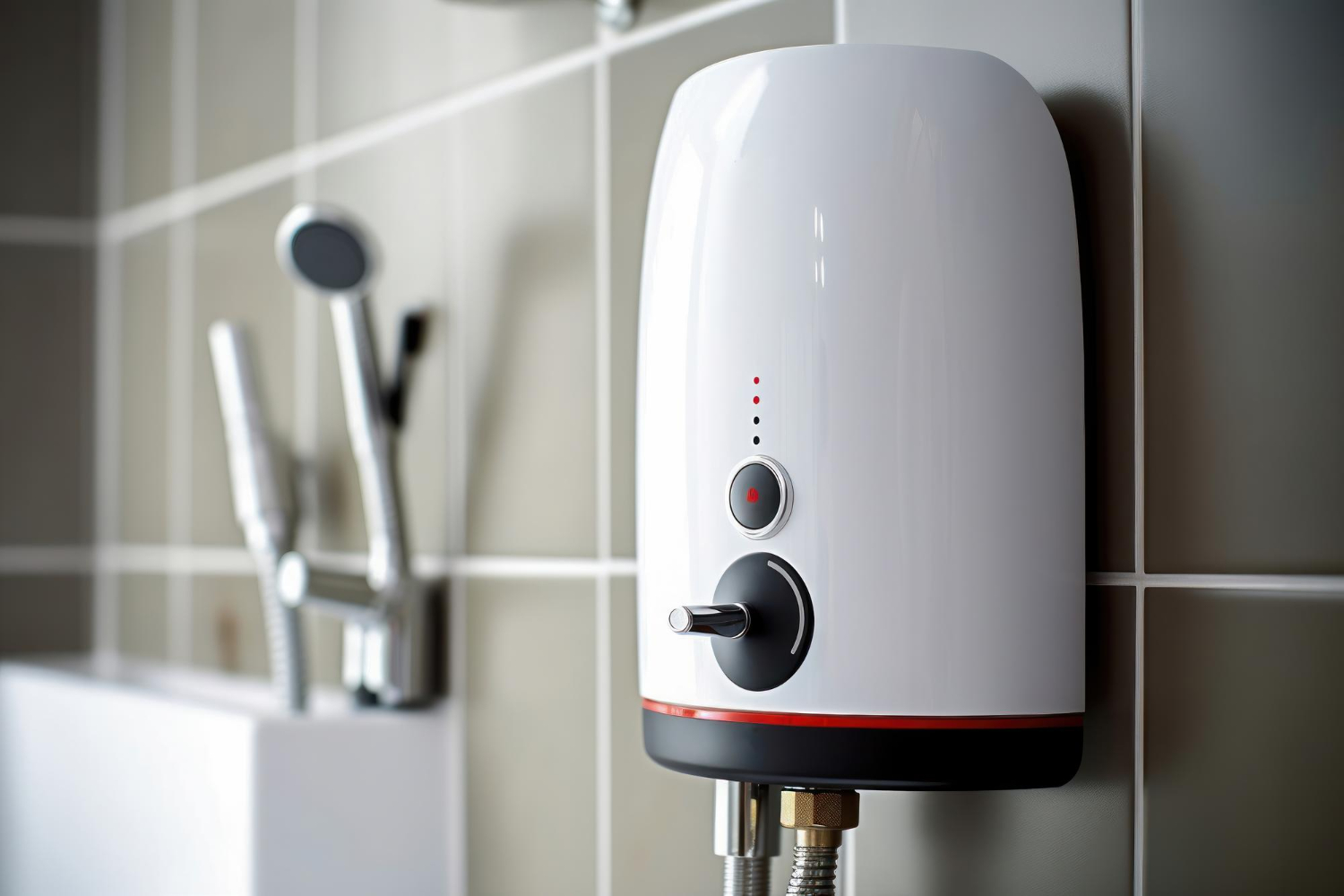Rooftop HVAC installation is a critical task that requires careful planning and execution. Ensuring that the process is smooth and effective can significantly impact the comfort and efficiency of your commercial building. A well-installed HVAC system not only improves indoor air quality but also helps in reducing energy costs. For these reasons, it is essential to follow a comprehensive checklist to ensure a successful installation.
Pre-Installation Planning and Assessment
Initial Site Inspection
Our professionals start any rooftop HVAC installation with a thorough site inspection. They evaluate the structural integrity of the building to ensure it can support the weight of the HVAC unit. They also assess the accessibility of the rooftop to plan for the safe and efficient movement of equipment. This initial step helps identify potential obstacles and develop strategies to overcome them, ensuring a smooth installation process.
During the site inspection, our technicians also evaluate the existing HVAC systems. This helps in planning how to integrate the new installation with minimal disruption to your ongoing operations. Identifying these factors early on allows for a more streamlined process and helps avoid unforeseen complications.
Load Calculation and System Design
Load calculation is a critical part of the planning phase. Our professionals perform detailed calculations to determine the heating and cooling loads required for your building. This involves considering factors like building size, occupancy, insulation levels, and local climate conditions. Accurate load calculations ensure that the selected system can adequately meet your building’s needs without being over- or under-sized.
After completing the load calculations, our team designs a system layout that maximizes efficiency and performance. This includes planning ductwork routes and placing units in optimal locations. A well-designed system helps in reducing energy consumption and improving overall comfort within the building.
Necessary Equipment and Materials
Selecting the Right HVAC Unit
Choosing the appropriate HVAC unit is crucial for the success of the installation. Our professionals consider various factors, such as the type of building, its size, and its specific heating and cooling requirements. They also look at the energy efficiency of the units to ensure that the selected model provides high performance while minimizing energy costs. Consulting with our experts helps you choose a unit that meets both your immediate and long-term needs.
Additional Components and Accessories
In addition to the main HVAC unit, several other components and accessories are essential for a complete installation. These may include ductwork, vents, thermostats, and electrical connections. Our technicians make sure to source and select high-quality materials that complement the main unit, contributing to the system’s overall efficiency and longevity.
Other necessary components include proper insulation materials, mounting brackets, and safety equipment. These elements play a vital role in securing the unit and enhancing its performance. Our professionals also incorporate advanced features like smart thermostats and zoning systems to provide more precise temperature control and improve energy efficiency. This comprehensive selection of equipment and materials ensures a seamless and effective rooftop HVAC installation.
Installation Process
Preparing the Rooftop
Proper preparation of the rooftop is essential for a successful rooftop HVAC installation. Our professionals start by clearing any debris and ensuring the surface is clean and even. A stable and flat surface helps in securely mounting the HVAC unit, reducing the risk of future malfunctions. Next, our technicians check for any potential structural weaknesses and make the necessary reinforcements. This step ensures that the rooftop can support the weight and vibrations of the new unit without any issues.
In addition to structural checks, our team also evaluates the layout for optimal unit placement. Positioning the HVAC system in the right location on the rooftop enhances its efficiency and ease of access for future maintenance. These preparatory steps are crucial for ensuring a trouble-free installation process.
Professional Unit Installation
Once the rooftop is prepared, our professionals proceed with the actual installation of the HVAC unit. They use specialized equipment to lift and securely place the unit onto the rooftop. Proper alignment and secure mounting are critical to avoid operational issues. Our technicians make sure that all mounting hardware is tightly secured and that the unit is stable.
During the installation, our team follows detailed guidelines to ensure that the unit is correctly positioned for optimal performance. They also take steps to minimize noise and vibrations, which can affect both the system and the building’s occupants. Proper installation techniques help in maximizing the unit’s efficiency and longevity, ensuring you get the best return on your investment.
Electrical and Gas Line Connections
Following the placement of the unit, the next critical step is making the necessary electrical and gas line connections. Our professionals handle all electrical wiring to ensure the unit receives the correct power supply. They use high-quality wiring materials to avoid any electrical issues, ensuring a safe and reliable connection.
If the HVAC unit requires a gas line installation, our technicians are fully trained to perform this task. They follow strict safety protocols to install gas lines that are leak-free and secure. Proper electrical and gas line connections are vital for the efficient and safe operation of the HVAC system.
Post-Installation Checks and Maintenance
System Testing and Calibration
After the unit is installed and connected, our professionals conduct thorough testing and calibration to ensure the system functions correctly. They check all components to verify that everything operates smoothly and efficiently. This testing phase includes running the system through various cycles to confirm that it meets the required performance standards.
Calibration involves fine-tuning the system controls for optimal efficiency. This step ensures that the HVAC unit provides accurate heating and cooling as per the load calculations. Proper calibration helps in achieving better energy efficiency and consistent comfort levels throughout the building.
Regular Maintenance and Inspections
Regular maintenance and inspections are crucial for maintaining the efficiency and longevity of your rooftop HVAC installation. Our professionals set up a maintenance schedule that includes routine checks and servicing. Regular inspections help in identifying any minor issues before they become major problems, ensuring continuous system performance.
Maintenance tasks typically include cleaning filters, checking refrigerant levels, and inspecting electrical connections. Periodic inspections also involve checking for any wear and tear on the components and making necessary adjustments. Keeping up with regular maintenance extends the life of the HVAC system and ensures it operates at peak efficiency.
Conclusion
Ensuring a successful rooftop HVAC installation involves careful planning, selecting the right equipment, and following a detailed installation process. Our professionals at All Seasons HVAC LLC are committed to providing expert commercial HVAC services that meet the highest standards. From the initial site inspection to regular maintenance, each step is crucial for the optimal functioning of your HVAC system. Proper planning and assessment, coupled with high-quality equipment and thorough post-installation checks, ensure a seamless installation experience.
Maintaining your HVAC system through regular inspections and timely interventions helps in maximizing its efficiency and lifespan. Trust our experienced technicians to handle all aspects of your rooftop HVAC installation with professionalism and care.
For expert rooftop HVAC installation in Ankeny, IA, contact us today. Let our professionals ensure your system runs efficiently and effectively, providing a comfortable environment for your building.






